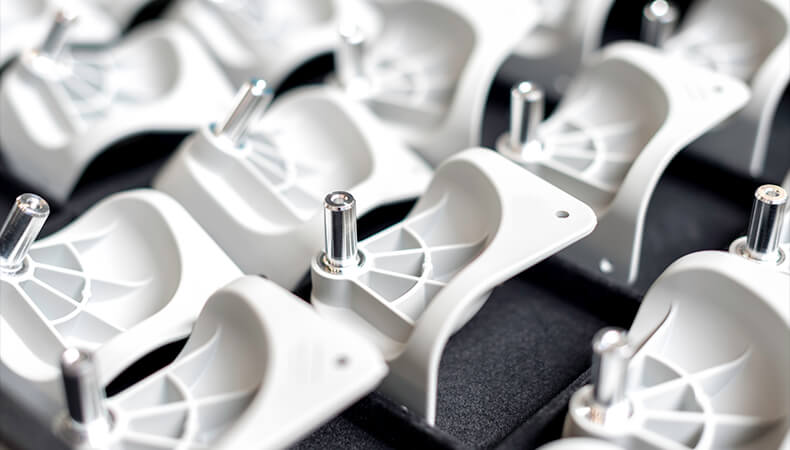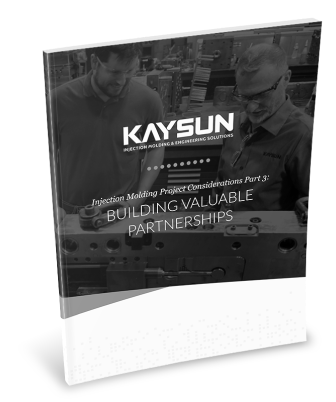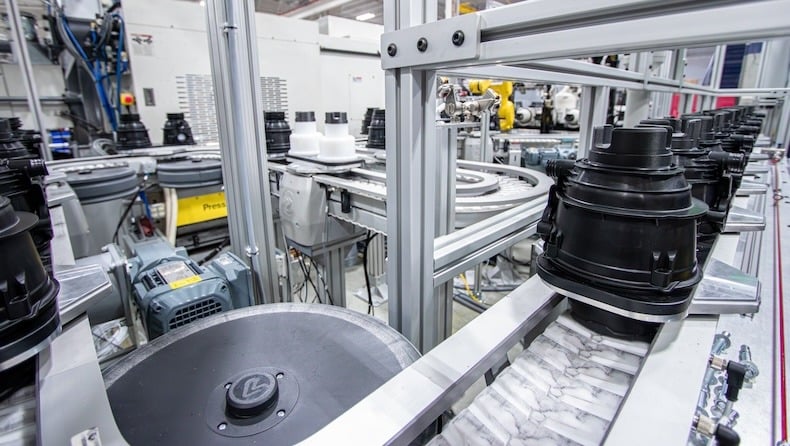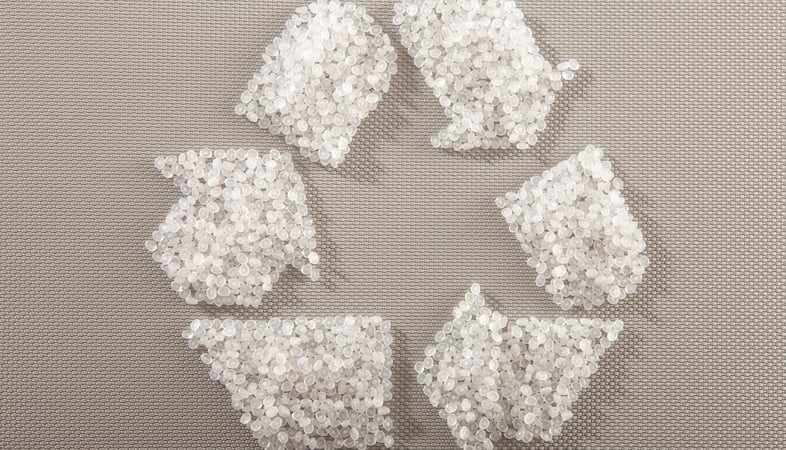Injection molding process

In many industries, injection molding is a proven solution to complex plastic part engineering and design challenges. However, not all projects are well-suited for the process and will not fully benefit from injection molding efficiencies.
A project’s characteristics largely dictate if it’s a good fit for injection molding. Using the lists below, evaluate your current or upcoming project to determine the appropriate process:
Injection molding processes aren’t cost effective for some project types, such as:
Since injection molding isn’t a universal solution, a logical question is which type of molding is appropriate for certain projects. Generally, the method is decided by product construction. For example, blow molding might be best for projects with hollow parts; compression molding for thermoset parts; extrusion molding for parts with a continuous cross-sectional shape; rotational molding for large, hollow parts; and, additive manufacturing or machining for low annual volume productions.
Pairing an appropriate injection molding project with an experienced molder that has deep design and engineering knowledge, like Kaysun, is your surest path to success.
Learn more in our case study, Why Molder Experience Matters in Life-Saving Applications. Click the button below to access your copy now!


Industry 4.0 has made manufacturing more dynamic than ever before. Merging IoT, AI…
READ MORE

Injection-molded parts and products are staples for OEMs in industries ranging fro…
READ MORE

Injection molding is a versatile and precise process, making it ideal for OEMs tha…
READ MORE